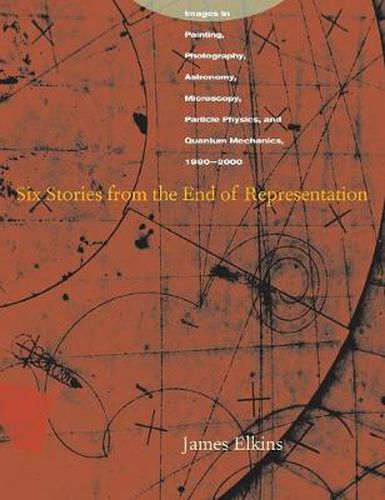Readings Newsletter
Become a Readings Member to make your shopping experience even easier.
Sign in or sign up for free!
You’re not far away from qualifying for FREE standard shipping within Australia
You’ve qualified for FREE standard shipping within Australia
The cart is loading…






James Elkins has shaped the discussion about how we-as artists, as art historians, or as outsiders-view art. He has not only revolutionized our thinking about the purpose of teaching art, but has also blazed trails in creating a means of communication between scientists, artists, and humanities scholars.
In Six Stories from the End of Representation, Elkins weaves stories about recent images from painting, photography, physics, astrophysics, and microscopy. These images, regardless of origin, all fail as representations: they are blurry, dark, pixellated, or otherwise unclear.
In these opaque images, Elkins finds an opportunity to create stories that speak simultaneously to artists and to scientists, and to open both those fields to those of us who have little purchase in either. Regarding each image through the lens of the discipline that produced it, Elkins simultaneously affirms the unique structure of each way of viewing the world and brings those views together into a vibrant conversation.
$9.00 standard shipping within Australia
FREE standard shipping within Australia for orders over $100.00
Express & International shipping calculated at checkout
James Elkins has shaped the discussion about how we-as artists, as art historians, or as outsiders-view art. He has not only revolutionized our thinking about the purpose of teaching art, but has also blazed trails in creating a means of communication between scientists, artists, and humanities scholars.
In Six Stories from the End of Representation, Elkins weaves stories about recent images from painting, photography, physics, astrophysics, and microscopy. These images, regardless of origin, all fail as representations: they are blurry, dark, pixellated, or otherwise unclear.
In these opaque images, Elkins finds an opportunity to create stories that speak simultaneously to artists and to scientists, and to open both those fields to those of us who have little purchase in either. Regarding each image through the lens of the discipline that produced it, Elkins simultaneously affirms the unique structure of each way of viewing the world and brings those views together into a vibrant conversation.